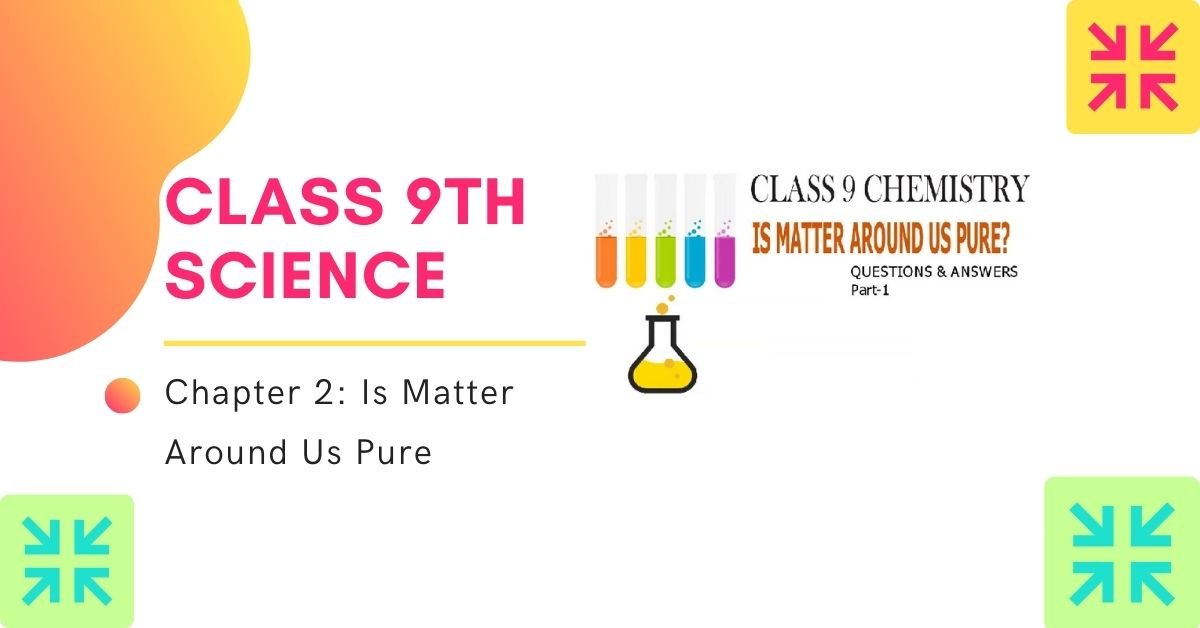Exercise-2.3 Page: 24 ( Is Matter Around Us Pure )
1. How will you separate a mixture containing kerosene and petrol (difference in their boiling points is more than 25°C), which are miscible with each other?
Solution:
A technique known as simple distillation can be used to separate the mixture of miscible liquids, where the difference in boiling point is more than 25°C, to name a few – kerosene and petrol. The whole concept is established on the volatility property of substances. The following are the various steps in the process of simple distillation:
(a) In a distillation flask, take the mixture.
(b) Treat the mixture with heat while a thermometer is affix.
(c) We observe evaporation of petrol as it has a low boiling point.
(d) As the vapours advance towards the condenser, a dip in the temperature causes condensation of the vapours into liquid which can be accumulated in a flask.
(e) We notice that kerosene tends to remain in the flask in a liquid state due to comparatively higher boiling point.
(f) Consequently, the liquids are separated.
2. Name the techniques used to separate the following:
(a) Butter from curd.
(b) Salt from seawater
(c) Camphor from salt
Solution:
a) A process known as centrifugation is used to separate butter from curd. The process is governed on the principle of density.
b) We can use the simple evaporation technique to separate salt from seawater. Distillation causes water to evaporate leaving solid salt behind, hence the production of salt.
c) Sublimation can be used to separate camphor from salt as during the phase change, camphor does not undergo a liquid phase.
3. What type of mixtures are separated by the technique of crystallization?
Solution:
The technique of crystallization is used to separate solids from a liquid solution. It is linked to precipitation, but in this technique, the precipitate is achieved in a crystal form which exhibits extremely high levels of purity. The principle of crystallization can be applied to purify impure substances.



